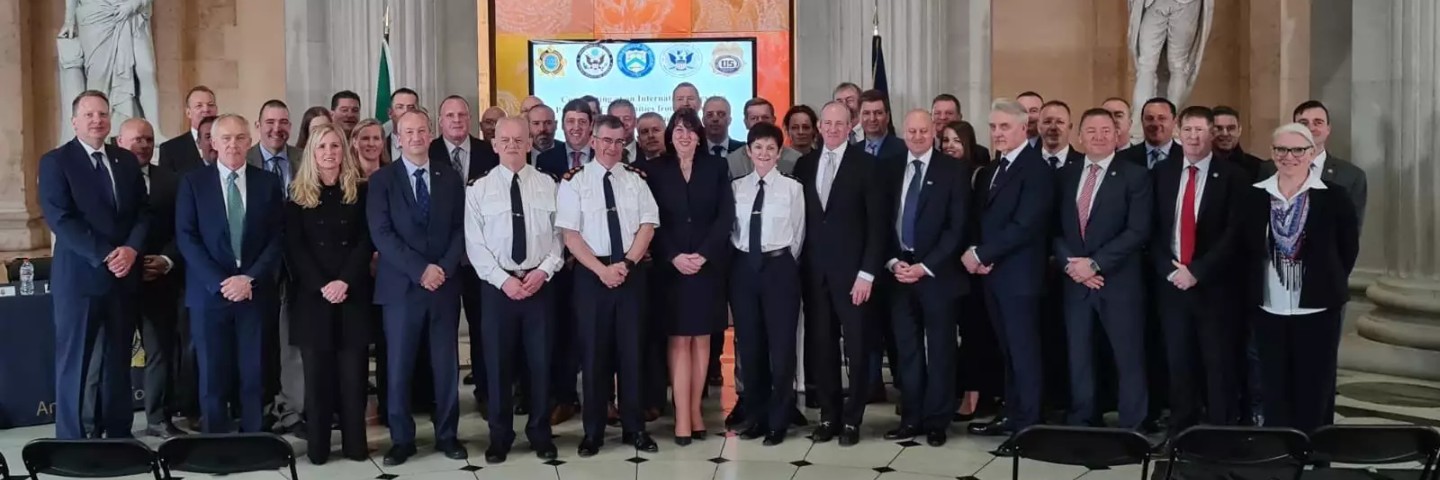i2 Analyst's Notebook chart used by the US Department of the Treasury in imposing sanctions on a notorious Transnational Criminal Organization.
A press release by the U.S. Department of the Treasury’s Office of Foreign Assets Control (OFAC) to announce sanctions on the notorious Kinahan Organized Crime Group included an i2 chart as part of their briefing.
Operating across Ireland, the United Kingdom, Spain, and the United Arab Emirates the chart highlights the connections between this Transnational Criminal Organization’s members and their businesses.

Image: U.S. Department of the Treasury i2 chart used to map out the members of the Kinahan Organized Crime Group (click to open the original PDF).
The Kinahan Organized Crime Group (KOCG) emerged in the late 1990s and early 2000s as a powerful organized crime group operating in Ireland that is involved in the international trafficking of drugs and firearms. The KOCG also frequently uses Dubai as a facilitation hub for its illicit activities. Since February 2016, the KOCG has been involved in a gang war with another group in Ireland and Spain, resulting in numerous murders, including two innocent bystanders.
The OFACs sanctions were jointly announced at the launch of a new initiative by Ireland’s national police force, An Garda Síochána. The initiative, titled "cooperating at an international level in protecting communities from organized and serious crime", will see authorities from Ireland, the UK, the US and Europol work hand in glove to break the criminal networks involved in drug trafficking and corruption, money laundering and violence.

Image: An Garda Síochána Press Conference (Image Credit: Europol)
According to Europol's 2021 Serious and Organised Crime Threat Assessment (SOCTA), serious and organized crime continues to pose a significant threat to the EU's internal security. Criminal structures exhibit greater fluidity and flexibility than previously believed, engaging in ambitious international operations. It is with the help of i2 charts and analysis, that agencies can help identify the connections of Transnational Criminal Organizations.
To find out more about our products and their features, including link analysis and reporting capabilities, please see our product range or contact us.



© 2026 i2 Group / N. Harris Computer Corporation. All trademarks owned by N. Harris Computer Corporation.
1 Cambridge Square, Milton Avenue, Cambridge, CB4 0AE, UK